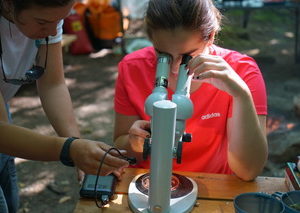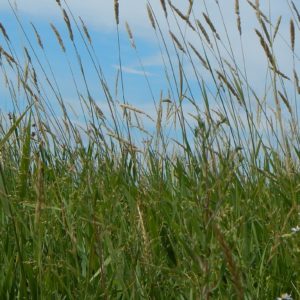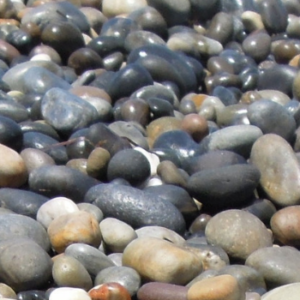Sable Island is Canada’s Newest National Park
 |
| Endangered Roseate Terns nest and migrate through Sable Island. |
We’re celebrating today’s announcement of a new national park reserve on Sable Island!
Sable Island is a windswept, crescent-shaped island about about 300 kilometres southeast of Nova Scotia and its sensitive coastal landscape is a haven for migrating and nesting birds.
A national park designation signals vastly improved protection of Sable Island’s fragile ecosystems and presents a renewed mandate for research and monitoring at the site. It also fulfills a January 2010 federal-provincial promise to increase protection of this remote island.
Sable Island is a globally important bird habitat that is home to the at-risk Ipswich Sparrow, the endangered Roseate Tern and many other bird species during the breeding season and the spring and fall migrations. The island is recognized as a globally and nationally significant Important Bird Area (IBA) through BirdLife International’s Important Bird Areas Program, under which Nature Canada and Bird Studies Canada are co-partners responsible for overseeing IBAs in Canada.
A national park here will provide the type of permanent habitat protection we hope to see for all of Canada’s IBAs. However, visitor numbers will need to be strictly limited inside Sable Island National Park to maintain the Island’s sensitive sand dune systems. Recreation, tourism and declining habitat quality have been identified as key concerns for the island through our Important Bird Areas program
In recommendations submitted to Parks Canada in 2010, we advised that the national park predominantly be zoned a “wilderness area” with visitor numbers strictly controlled over time. Visitor limits will ultimately be established in the park’s management plan, which has yet to be finalized.
We were also pleased by the announcement that Nova Scotia and Ottawa will table legislation to prohibit oil and gas drilling from the surface of Sable Island and out to one nautical mile from shore. Nature Canada had also recommended that Parks Canada prevent development of any subsurface resources, like oil and gas, on Sable Island, as it typically does in National Parks and National Marine Conservation Areas.
The legislated prohibition on oil and gas development on the island’s surface and immediately offshore is a very positive move. It’s also encouraging to note that the government plans to work with industry to amend significant discovery licenses to strengthen prohibitions on drilling.



